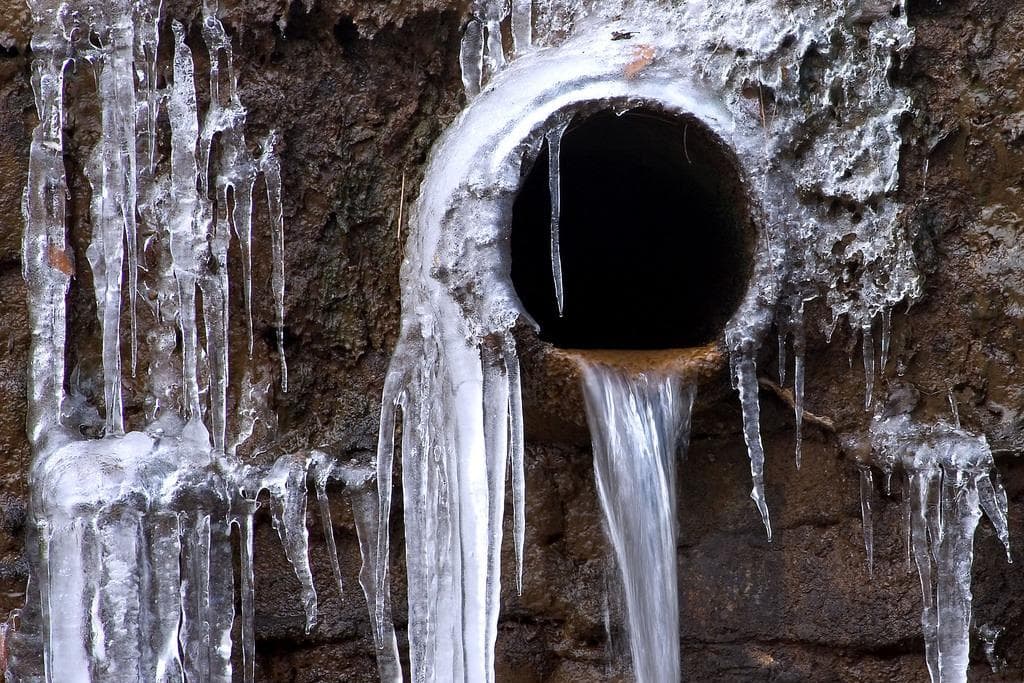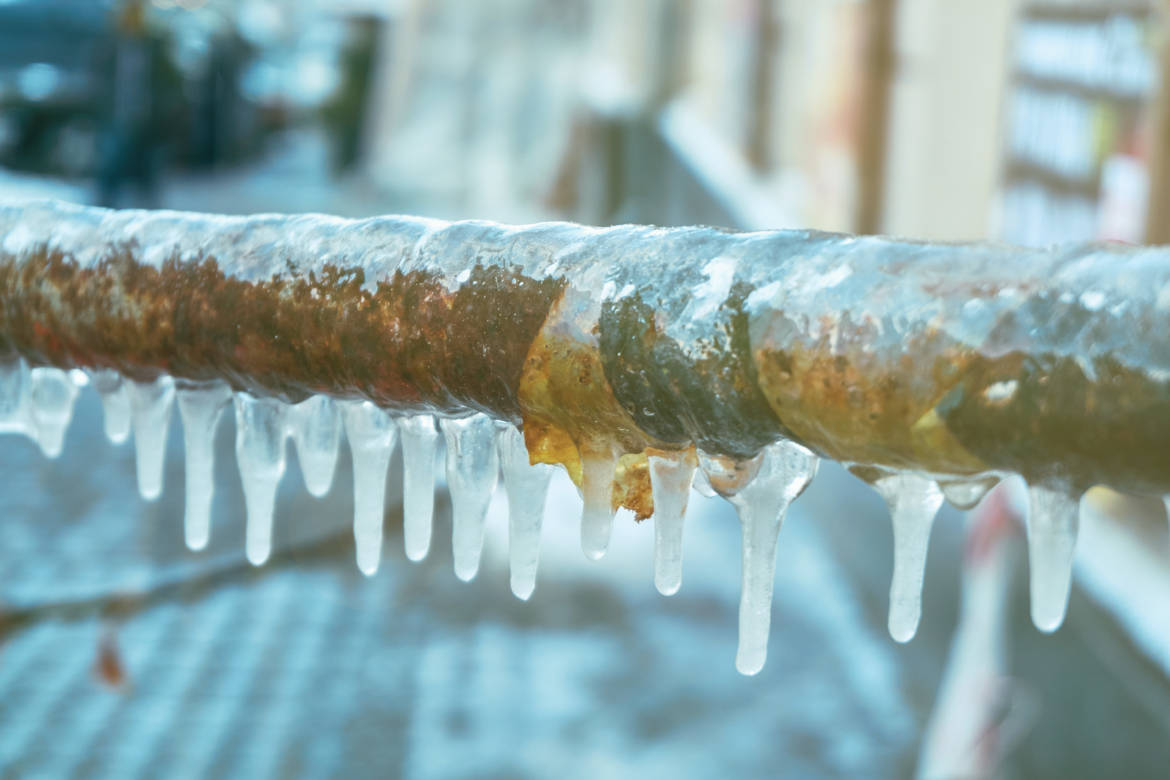They are making several great points on How to Prevent Your Pipes From Freezing in general in this post underneath.

Winter can damage your plumbing, especially by freezing pipes. Right here's how to avoid it from happening and what to do if it does.
Introduction
As temperature levels drop, the threat of frozen pipes rises, potentially causing pricey repair work and water damages. Understanding how to avoid icy pipelines is essential for house owners in cool climates.
Prevention Tips
Protecting prone pipelines
Cover pipes in insulation sleeves or use heat tape to protect them from freezing temperatures. Focus on pipes in unheated or exterior areas of the home.
Heating strategies
Keep interior rooms adequately heated up, particularly areas with plumbing. Open closet doors to enable warm air to circulate around pipelines under sinks.
Just how to identify icy pipelines
Search for reduced water circulation from faucets, unusual smells or sounds from pipelines, and visible frost on subjected pipelines.
Long-Term Solutions
Architectural adjustments
Think about rerouting pipelines far from outside wall surfaces or unheated locations. Include added insulation to attics, basements, and crawl spaces.
Upgrading insulation
Invest in premium insulation for pipes, attics, and walls. Proper insulation helps maintain consistent temperatures and reduces the threat of icy pipes.
Safeguarding Outdoor Plumbing
Yard hose pipes and exterior faucets
Separate and drain yard hoses before wintertime. Mount frost-proof spigots or cover outdoor faucets with protected caps.
Recognizing Icy Pipelines
What causes pipes to freeze?
Pipes freeze when subjected to temperatures below 32 ° F (0 ° C) for prolonged durations. As water inside the pipes ices up, it increases, taxing the pipe walls and potentially causing them to burst.
Risks and damages
Frozen pipelines can lead to water interruptions, home damages, and costly repair services. Burst pipes can flood homes and trigger substantial architectural damages.
Indicators of Frozen Water Lines
Determining frozen pipes early can stop them from rupturing.
What to Do If Your Pipes Freeze
Immediate actions to take
If you believe frozen pipes, maintain faucets open up to soothe pressure as the ice thaws. Utilize a hairdryer or towels soaked in warm water to thaw pipes gradually.
Conclusion
Protecting against frozen pipelines requires aggressive steps and fast responses. By recognizing the causes, indications, and safety nets, property owners can secure their pipes during cold weather.
5 Ways to Prevent Frozen Pipes
Drain Outdoor Faucets and Disconnect Hoses
First, close the shut-off valve that controls the flow of water in the pipe to your outdoor faucet. Then, head outside to disconnect and drain your hose and open the outdoor faucet to allow the water to completely drain out of the line. Turn off the faucet when done. Finally, head back to the shut-off valve and drain the remaining water inside the pipe into a bucket or container. Additionally, if you have a home irrigation system, you should consider hiring an expert to clear the system of water each year.
Insulate Pipes
One of the best and most cost-effective methods for preventing frozen water pipes is to wrap your pipes with insulation. This is especially important for areas in your home that aren’t exposed to heat, such as an attic. We suggest using foam sleeves, which can typically be found at your local hardware store.
Keep Heat Running at 65
Your pipes are located inside your walls, and the temperature there is much colder than the rest of the house. To prevent your pipes from freezing, The Insurance Information Institute suggests that you keep your home heated to at least 65 degrees, even when traveling. You may want to invest in smart devices that can keep an eye on the temperature in your home while you’re away.
Leave Water Dripping
Moving water — even a small trickle — can prevent ice from forming inside your pipes. When freezing temps are imminent, start a drip of water from all faucets that serve exposed pipes. Leaving a few faucets running will also help relieve pressure inside the pipes and help prevent a rupture if the water inside freezes.
Open Cupboard Doors
Warm your kitchen and bathroom pipes by opening cupboards and vanities. You should also leave your interior doors ajar to help warm air circulate evenly throughout your home.

As a person who reads on Prevent Frozen Pipes , I was thinking sharing that topic was a good thing. So long as you enjoyed reading our blog entry plz do not forget to share it. We love reading our article about How to Prevent Your Pipes From Freezing.
Click
Comments on “Advice for Avoiding Frozen Plumbing in Winter: Specialist Advice”